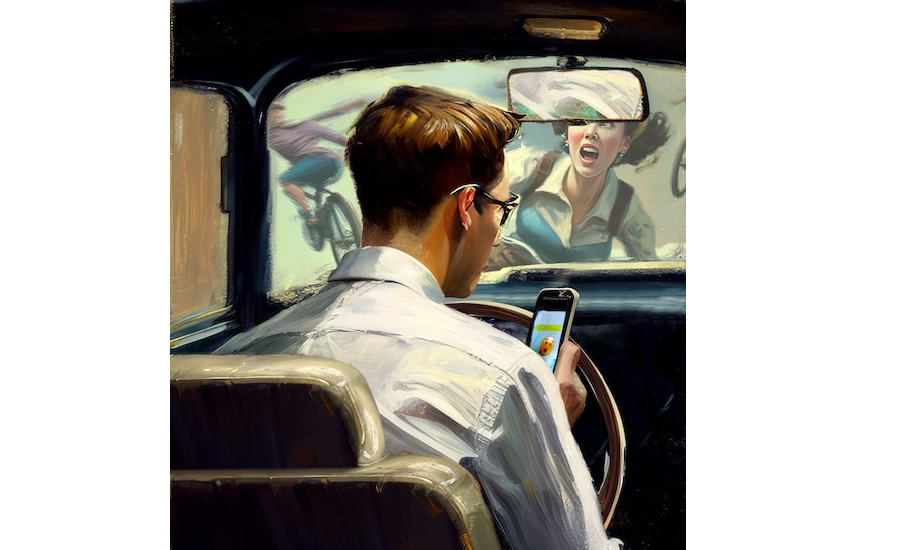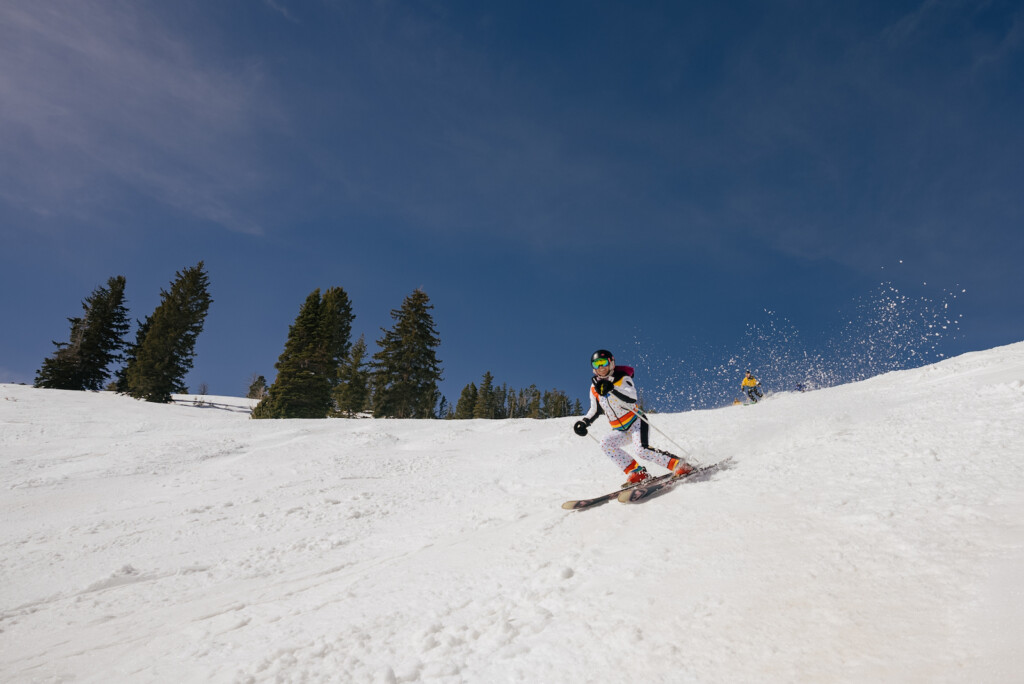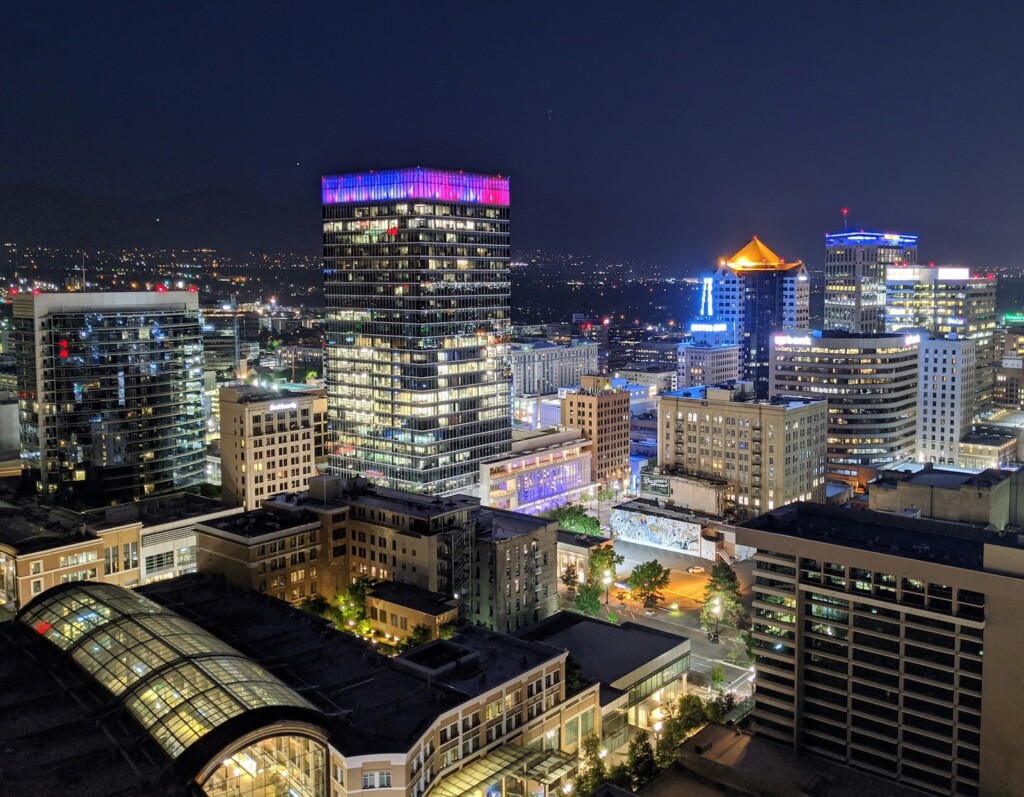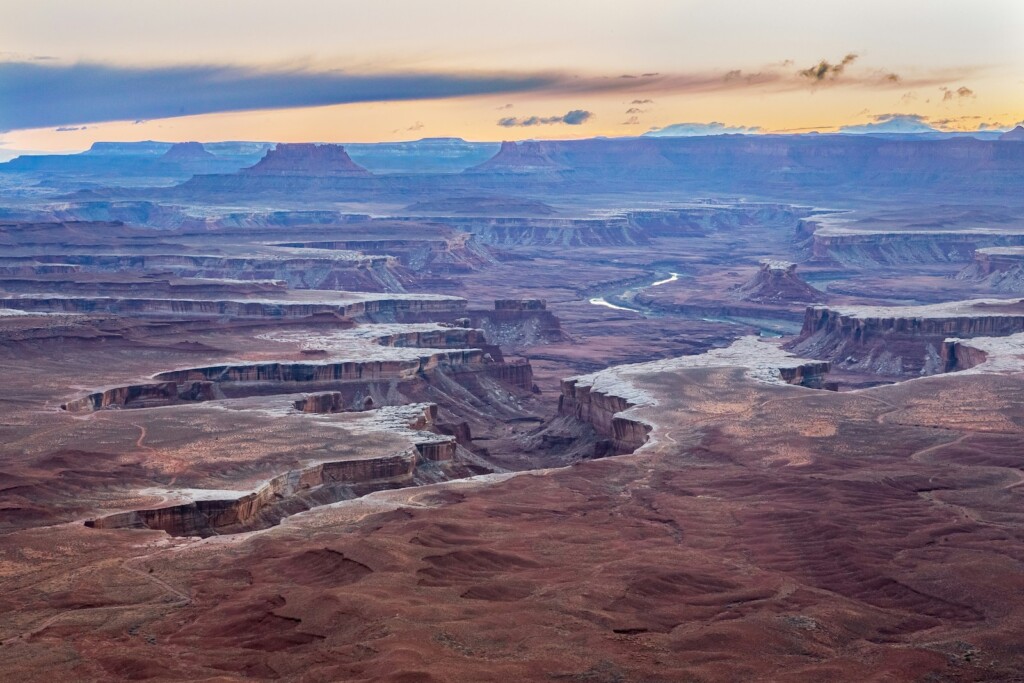Don’t Become a Cycling Statistic
Ride like your life depends on it — because it does.
While riding her bike in Big Cottonwood Canyon on a sun-dappled fall morning in September 2004, 25-year-old cyclist Josie Johnson was struck from behind and killed by an SUV driven by 67-year-old Elizabeth Deseelhorst, wife of then Solitude Ski Resort owner, Gary Deseelhorst.
At the time of her death, Johnson was a second-year graduate student pursuing her doctorate in molecular biology at the University of Utah.
Despite claims that she may have suffered a stroke behind the wheel, Deseelhorst was eventually charged with negligent homicide in Johnson’s death. Because Deseelhorst’s Jeep Cherokee was registered to Solitude, Johnson’s family was able to recover a $2.5 million settlement in a lawsuit against the resort, in addition to civil damages from Deseelhorst herself.
But not all families whose loved ones fall victim to cycling and pedestrian-related deaths fare as well. In fact, most receive little to no compensation for their loss; instead, they endure years of litigation, frustration, and endless heartbreak.
Several positive changes resulted from this tragic incident. One was the passage of a ‘3-foot law’, requiring Utah motorists to give bicyclists a 3-foot safety buffer; planning new road construction for the needs of bicyclists; and a plethora of “Share the Road” signs reminding drivers to be courteous. Also, an annual ride was dedicated to Johnson ― The Josie Johnson Memorial Bike Ride ― aimed at promoting a growing awareness of cyclists and their right to use public roadways safely.
Within weeks of Johnson’s death, another cyclist, Steve Williams, was also hit from behind by a car and killed, this time in Iron County. Since that time, Utah has seen a spike in bicycle crashes resulting in death.
Between 2003 and 2012, 7,283 crashes involved a bicyclist, with approximately 660 injury crashes and five fatal crashes involving bicyclists each year in Utah.
These numbers have only increased in the past 10 years due to Utah’s growing population and the burgeoning popularity of road cycling as a recreational pursuit. In 2022, 15 cyclists and 53 pedestrians were killed on Utah roadways. Both were up from 2021. Nationally, nearly 1,000 bicyclists die and more than 130,000 are injured in crashes on roads every year.
Because most bicycle-motor vehicle crashes occur in more congested metropolitan areas, Salt Lake City, in an attempt to mitigate the problem and increase cyclist safety, has laws in place that accommodate bicyclists and pedestrians at all city-owned transportation facilities in the public right of way.
Bicycles have just as much right to use public roadways as motor vehicles do, but cyclists have responsibilities, too. It all boils down to right of way and playing by the rules. Regardless, if you’re on a bicycle, you don’t want to assert your right of way against a two-ton vehicle, especially if the driver doesn’t know or care about the rules. If you’re a cyclist, never assume that a driver sees you, even if you make eye contact with them.
Let’s face it, most Utah drivers have probably never heard of the ‘3-foot law’ or understand its intent, which states that [Motorists] “May not pass within 3-feet of a moving bicycle, unless they can do so at a reasonable and safe distance (State Law 41-6a-706.5).”
But the onus is also on cyclists. Drivers don’t expect a bicycle to blow through a stop sign or red light (cars do it all the time, but they’re more visible), shoot off of a sidewalk into a crosswalk, or have a bike suddenly dart in front of them from the shoulder to the left turn lane ― even if the cyclist does so legally and signals his intent.
Jon Larsen is the Transportation Director for Salt Lake City. “Our goal,” Larsen says, “is for people of all ages and abilities to be able to use a bicycle for daily needs or to ride for fun or exercise, and to do so in a safe and comfortable environment. The biggest safety risk by far is being hit by a car. To mitigate this risk, we are focusing on slowing cars and creating separation between bikes and cars through street design. Physical barrier separation is the ideal, particularly on streets with high traffic volumes. We have also been focusing on adding protective curbing at intersections, since this is where many of the crashes occur.”
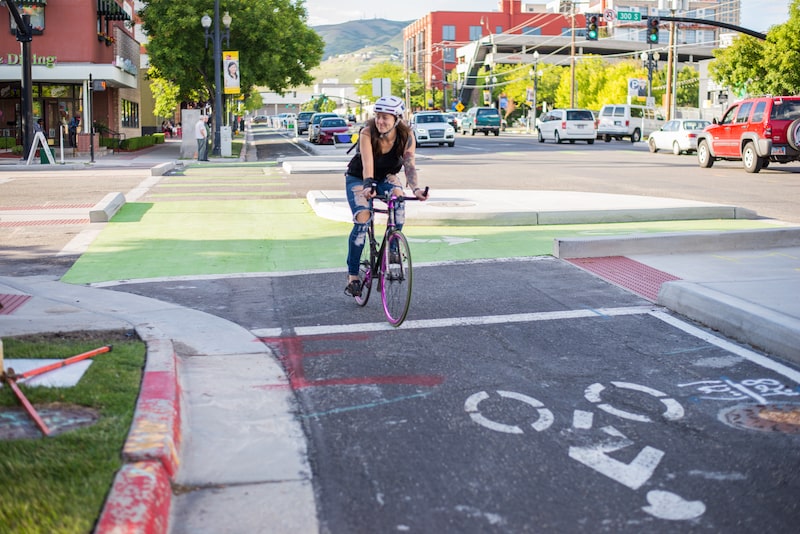
Salt Lake City publishes a pocket edition of bicycle laws which states in part that, “A bicycle is considered a vehicle and bicyclists have the same rights and are subject to the same traffic laws as the operators of other vehicles. As a vehicle, bicycles are required to be ridden in the same direction as other traffic, obey traffic signals, stop signs, and all other traffic control devices (12.80.040.A, 12.80.095.B).”
“Safety is our top priority when designing our streets, particularly with Mayor Mendenhall’s recent declaration of her intention for Salt Lake City to become a Vision Zero city,” Larsen explains. “This declaration gives a mandate to all departments that work within the City right of way to look at all of our decisions through a safety lens.”
A Vision Zero City, according to the Vision Zero Network, is “One that meets the following minimum criteria: A clear goal of eliminating traffic fatalities and severe injuries has been set. The Mayor has publicly, officially committed to Vision Zero.”
Mark Kennedy mostly agrees with the city’s efforts so far. As a cyclist and the owner of Saturday Cycles in SLC, Mark says, “It has been nice to see more bicycle infrastructure go in around the city. Even if I don’t always like how it’s implemented, more infrastructure generally means more cyclists, and cyclists being normalized is a good thing.”
Although he believes the city has done a great job by adding new infrastructure, some of it seems a bit misguided, like the new 300 W bike path, Kennedy says. “People don’t understand it. Much of this [infrastructure] ends up being on UDOT roads, and although it is clear that UDOT, while talking a good game, is all about roads for cars.”
When asked what the city could do better, Kennedy replied, “Where to start? All of it! More bike lanes. More bike paths. Road diets. Pedestrian friendly sidewalks. Sidewalk cafes. Road diets. Charge data-based rates for parking. Improve and incentivize public transit. Road diets. A little carrot and a little stick to slowly encourage folks to drive less. This will result in safety improvements for cyclists and everyone else. That, and keep the bike lanes swept and plowed. And ask the gravel companies to move to the other side of the lake,” he says, half joking.
Cycling is a vulnerable sport and Salt Lake is not always a cycle-friendly city. Some drivers can be downright hostile to cyclists, whom they may perceive as a nuisance on the roadway, and too many cyclists flaunt the very laws that are intended to keep them safe. They need to know and follow all applicable laws and be ambassadors for the sport.
Cycling is an exhilarating and competitive sport as well as a clean and efficient mode of transportation. By all means, ride your bike, but don’t become a statistic. Follow the rules, use common sense, be safe and have fun!
More information on Utah State Bicycle Laws can be found here.
More information on Salt Lake City Bicycle Laws can be found at this website.
The Youth Bicycle Education and Safety Training (BEST) Program teaches 4th to 6th grade students how to safely and confidently experience their communities by bicycle. Learn more.

